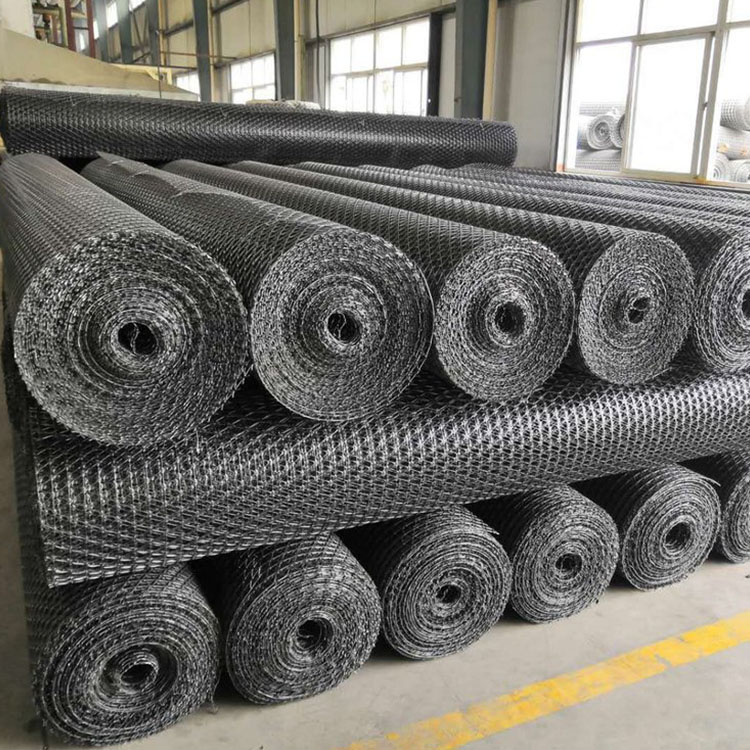

Biaxial Plastic GeogridWhen overlapping, there are certain construction requirements. If you want to play the role of bidirectional plastic geogrids, you need to operate according to the specific installation and construction. The longitudinal distance shall not be less than 15cm, and the transverse distance shall not be less than 10cm; Sprinkle 20cm of asphalt tape on the previously paved geogrid, and then pave another geogrid. Bidirectional plastic geogrids are made of polymer materials that are extruded, formed into plates, punched, and then stretched longitudinally and horizontally.
This material has great tensile strength in both longitudinal and transverse directions, and this structure can also provide an ideal chain system for more effective force bearing and diffusion in soil, suitable for large-scale long-term bearing foundation reinforcement. The advantage of bidirectional plastic geogrids is that they have a small tendency to deform (creep) under long-term continuous loading, and their creep resistance is much better than other materials geogrids.
Improving the service life of engineering has important effects. The interlocking and interlocking effect between the grid mesh and the soil forms an effective stress transmission organization, enabling some loads to be quickly and effectively dispersed into a large area of soil, and then achieving the goal of reducing the damage stress of the part and increasing the service life of the project. On a flat and compacted site, the main stress direction (longitudinal) of the two-way plastic geogrid laid by the device should be perpendicular to the axis of the embankment, and the laying should be flat, without wrinkles, and as tight as possible.
Fixed by inserting nails and earth and stone weights, the main direction of force on the laid grid is the full length without joints, and the connection between amplitudes can be manually tied and overlapped, with a width of no less than 10cm. After laying a large area, the overall flatness should be adjusted. After filling a layer of soil and before rolling, the grid should be tensioned again using manual or machine tools, with an even force, so that the grid is in a straight and stressed state in the soil.
